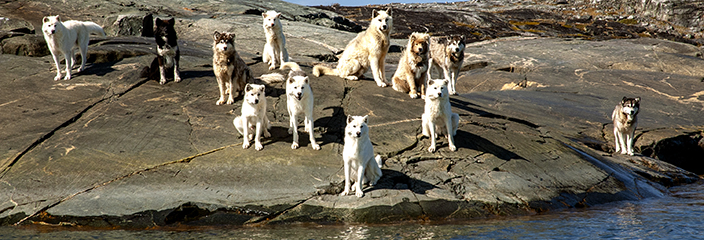Monte Carlo: Playground of the Côte d’Azur
By Corey Sandler, Silversea Destination Consultant
Monaco has all the ingredients for adult fantasy.
A seven-hundred-year monarchy in a country smaller than New York City’s Central Park.
The romance and heartbreak of Prince Rainier and Grace Kelly.[whohit]-Monac 13Apr-[/whohit]
Also the other royal wedding of 2011, between the playboy prince and a lovely and nervous Olympian bride.
Monte Carlo morning. Photos by Corey Sandler
Here in Monaco we also bid safe travels to many friends who have sailed with us from Barcelona and beyond, and welcome new guests for our journey to southern Italy, Sicily, Malta, and Turkey.
Our journey ahead, from Monte Carlo to Istanbul
A prestigious Formula One automobile race through its winding streets. A major tennis tournament. A major jewel heist by the Pink Panther gang, still unsolved.
Sandy beaches, spectacular yachts, don’t-ask-the-price shops, don’t-look-at-the-bill restaurants, and a fabled casino where—in our mind’s eye, at least, the men are all dressed in tuxedos and the women are dressed to kill.
Speaking of James Bond, although author Ian Fleming never actually set any of his books in Monaco, he clearly had the place in mind. The first James Bond novel, “Casino Royale”, mostly takes place in the fictional French seaside resort of “Royale-Les-Eaux.”
A gallery of views of the Casino de Monte-Carlo, on the morning after the night before…without gamblers or gambling. The casino opens in the afternoon and high stakes continue until dawn. Photos by Corey Sandler
But without doubt, the most famous and glamorous actress associated with Monte Carlo was Grace Kelly. After her debut she became a favorite of the great director Alfred Hitchcock and he starred her in three consecutive films: “Dial M for Murder”, “Rear Window” and “To Catch a Thief.”
It was “To Catch a Thief”, filmed in 1955 in the south of France, that changed her life and the history of Monaco.
When filming was completed, she returned to the United States to accept her Oscar for Best Actress for “The Country Girl.” Then she flew to Cannes to attend the film festival, and there she was invited to meet Prince Rainier of Monaco.
By early 1956, she was engaged to be married.
The Principality of Monaco has been ruled by the Grimaldi family for more than 700 years, since 1297 to be exact. The oldest Royal Family is that of Denmark, from about the year 900. England’s royal house is so intermarried that by some measures it could make the same claim.
What was once absolute rule is now a constitutional monarchy, in a very close relationship with France.
Each year, about 5 million visitors invade.
Inside the Cathedrale of Monte Carlo, on Palm Sunday before Mass. Photos by Corey Sandler
The entire principality is about three-quarters of a square mile or just under two square kilometers.
In this tiny land are about 32,000 residents, but native Monegasques are a minority in their own country.
About 47 percent of residents are French nationals), followed by 16 percent Monegasque), and 16 percent Italians.
In 1861, after a period of back-and-forth with France and the Kingdom of Sardinia, Prince Charles III of Monaco relinquished half the country’s territory to France in exchange for cash and independence.
By giving up land to France, Monaco had gained some measure of independence but lost most of its natural resources.
Something had to be done to reestablish an economy. Charles decided the answer was tourism…and gambling, or the other way around.
By early 20th century, Monaco began to promote itself as the playground of the rich.
Over the years, Monaco expanded its reliance on attracting visitors in search of a tax haven and playground. There is no personal income tax.
Luxury hotels, marinas, and shops now hug Monaco’s coastline. Gambling accounts for only 3 percent of the revenues of the principality.
But they do have a famous little casino.
The Grand Casino and Opera greatly resembles the Paris Opera House, which is no coincidence since both were designed by the same architect, Charles Garnier in 1878.
You can wear a tuxedo or a killer cocktail gown if you want. But no military or religious uniforms are allowed, and ordinary citizens of Monaco are not allowed in the gaming rooms, which says something about something.
– – – – – – – – – – – – – – – – – – – – – – – –
Now available, the revised Second Edition of “Henry Hudson Dreams and Obsession” by Corey Sandler, for the Amazon Kindle. You can read the book on a Kindle device, or in a Kindle App on your computer, laptop, tablet, or smartphone.
Here’s where to order a copy for immediate delivery:
http://www.amazon.com/dp/B00IA9QTBM




























